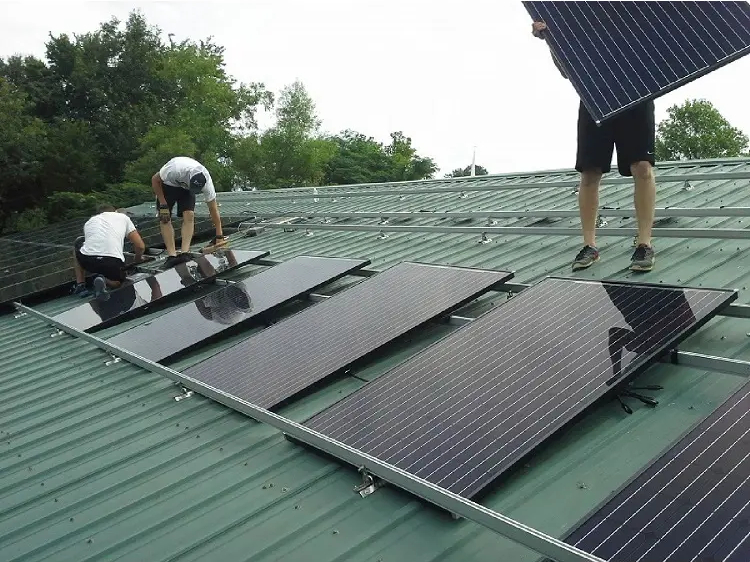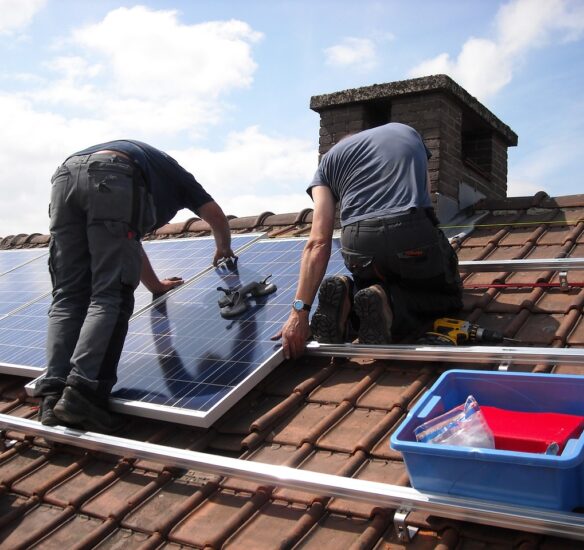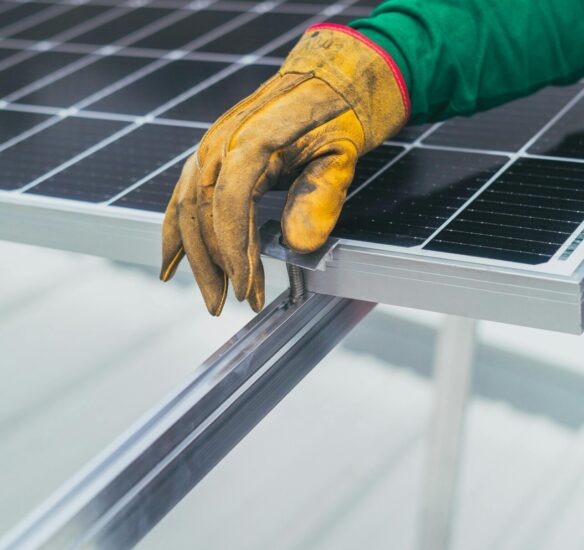
Roof-mounted solar structures
Increasingly, people are mounting solar structures on their roofs as they provide a convenient and effective means of converting sun’s power. These structures, specially designed for the purpose of installing solar panels on roofs, play a great role in maintaining high performance and long life of solar energy systems.
Solar Panel Mounting Structure:
A solar panel mounting structure becomes the base for firmly attaching the system to the roof. They are made to resist diverse environmental elements like strong winds, heavy rainfall, snow loads while maintaining optimum orientation and tilting angles so as to capture maximum solar energy. Usually, they are built from lasting materials such as aluminum or galvanized steel that provides uncompromising support to the solar panels.
Installation of Solar Panels on Roof:
There are several critical stages associated with installation of PV modules onto rooftops. The first step is known as site survey which determines where exactly panels will be positioned bearing in mind factors like roof pitch, shading patterns and structural soundness. Thereafter, special care is taken when fitting the mount structure; it can fastened straight into the roof trusses or placed using ballast on flat roofs.
After the structure has been put in place, solar panels are fastened down securely and attached electrically to inverters and other components of the solar power system.

Varieties of Mounting Structures for Solar Panels:
There are many types of mounting structures designed for solar panel installation on roofs. All these have different designs to accommodate various roof types and configurations as follows:
Roof Racking Systems: These are commonest mounting structures designed for sloped roofs. They basically consist of rails that are fixed onto the roof trusses giving the solar panels a firm base.
Ballasted Mounting Systems: These ones are meant specifically for flat or low-slope roofs where concrete blocks or other ballast materials serve as loads to hold them in position without having to make any penetrations through the membrane of the roofing.
Pole Mounts: Pole mounts can be used if there is a need to keep some distance between your rooftop surface and panels where these units get installed on certain kinds of rooftops or configurations; strong poles or frameworks hold those panels well above it.
Solar Panel Mounting Structure Price in India:
The process of installing a rooftop solar system is complicated and requires a lot of strategy. Professionals who install solar energy systems evaluate the roof’s soundness, strength and appropriateness for photovoltaic module placement.
They design the best mounting structure and its appearance, considering parameters such as shades, wind loadings, and stipulations in local building codes. From here, the solar panels are tightly secured onto the setup; other electrical components like inverters and wiring systems are assimilated in it.
Solar Installation on Roof:
The process of installing a rooftop solar system is complicated and requires a lot of strategy. Professionals who install solar energy systems evaluate the roof’s soundness, strength and appropriateness for photovoltaic module placement.
They design the best mounting structure and its appearance, considering parameters such as shades, wind loadings, and stipulations in local building codes. From here, the solar panels are tightly secured onto the setup; other electrical components like inverters and wiring systems are assimilated in it.

Installation of Panoramic Sunroof:
Though indirectly connected with solar panel mounting structures, placing a panoramic sunroof on rooftops comes along with some effects over where and how to put up these devices. They are large fixed glass panels that bring natural light into buildings and often cover much of the roof space available. In the process of installing solar panels on a roof with panoramic sunroof, it is important to consider how these need to be arranged so as to avoid both shading and obstruction from the sunroof structure. In some instances, there might be a need for specialized mounting systems that can work with both the solar panel system and the sunroof.
Putting solar panels on top of buildings have various advantages which include lower energy bills; higher property costs and reduced amounts of greenhouse gas emissions. However, proper configuration and installation of mounting systems are crucial for their success. They can therefore seek advice from experienced solar professionals in order to get the right mounting structure for their kind of roofs and projects thus they will maximize efficiency and lifespan of such investment in green energy.
